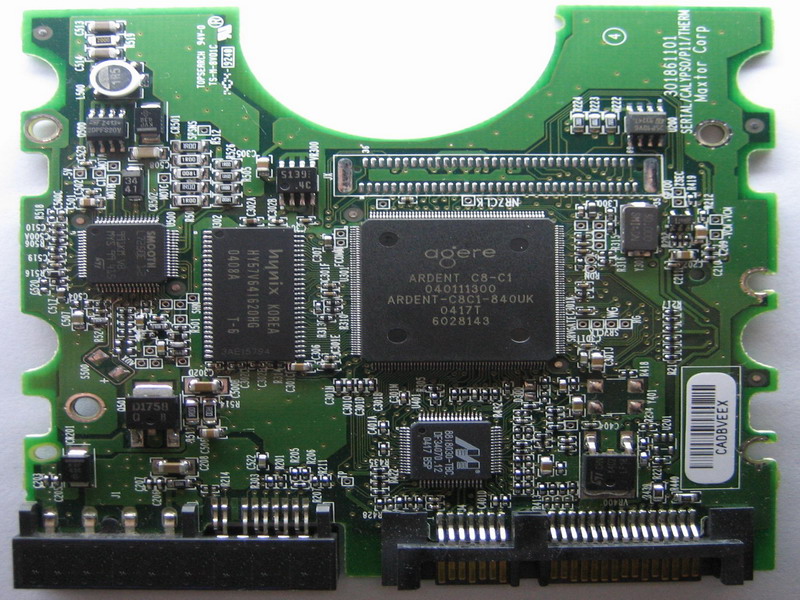RAM
RAM or Random Access Memory take place in the computer's operating system,application programs, and data in current use are kept so that they can be quickly approached by the computer's processor. It is much faster and easier to read from and write to than the other kinds of storage in a computer, floppy disks and CD-ROM. However, the data in RAM stays there until your computer stops running. It will loses its data when the computer is turned off.
Cache Memory
Cache memory is random access memory or RAM that a computer microprocessor can access faster than it can access regular RAM. While the microprocessor processes data, it will look first in the cache memory and if it finds the data there, it will not be time consuming reading of data from bigger memory. It is also described in level of closeness and accessibility to the microprocessor.
ROM
ROM or Read Only Memory retains stored information even when the computer is turned off. It is normally used for storing programs and data that need not be change once stored. The processor uses ROM to store and execute programs instructions.
Flash memory
Flash memory, sometimes known as the flash RAM is a type of constantly-powered nonvolatile memory that can be erased and reprogrammed in units of memory called blocks. It is a alternative of EEPROM or electrically erasable programmable read -only memory. Flash memory is often used to hold control code such as the basic input/output system (BIOS) in a personal computer. It is used in digital cellular phones, digital cameras, LAN switches, PC cards for notebook computer,embedded controllers and other devices.
Graphic Card
A graphic card is a display adapter which is installed inside of a computer and works to display images on the monitor. Its job is to display images on the computer's monitor. Information is then communicated from the computer's CPU (Central Processing Unit) to the graphic card. The information that is transmitted is converted into a picture that the computer's user can understand.
Sound card
A sound card is an expansion board which enables the computer to manipulate and output sound. It is necessary for almost all CD-ROMs and have become commonplace on modern personal computers. Sound cards enables the computer to output sound through speakers connected to the board,to record sound input from a microphone connected to the computer and then manipulate sound stored on a disk.
Network Interface Card
Network Interface Card is a device that allows computers to be joined together in a LAN or local area network. Network interface card provide a dedicated,full-time connection to a network.
Plug and play
Plug and play is a technology that allows the operating system that gives the users the ability to plug a device into a computer and have the computer recognize that the device is there. There is no need for the user to tell the computer.
Serial Port
Serial Port is a connector by which a device that sends data one bit at a time and may be connected to a computer.
Parallel Port
A parallel port is a interface that connects an external device such as a printer. It uses the 25 pin connector and is used to connect printers,computers and other devices that need relatively high bandwidth. A parallel port is a port straight away from the main bus system in the computer.
Universal Serial Bus Port (USB) is a commonly used hardware interface for attaching peripherals to the computer. There are at least two USB ports on laptops and four on desktop computers,while USB "hubs" allow many more connections. They can be plugged in and unplugged while the computer is on.
Firewire port
Firewire port is a serial bus that was created by Apple via IEEE 1394 which is a high performance serial bus for connecting devices to the personal computer. It provides a single plug-and-socket connection on which up to 3 devices that can be attached with data transfer speeds up to 400 Mbps.
Ethernet Port
Ethernet Port is a socket on a computer or network devices to plug in an Ethernet Port.
High Definition Multimedia Interface
High Definition Multimedia Interface is a audio connection system and digital video which is used to connect a variety of audio/video (HDTV). It supports all HDTV formats and it supports for up to eight channels of digital audio.
Communication and Network
14 years ago














0 comments:
Post a Comment